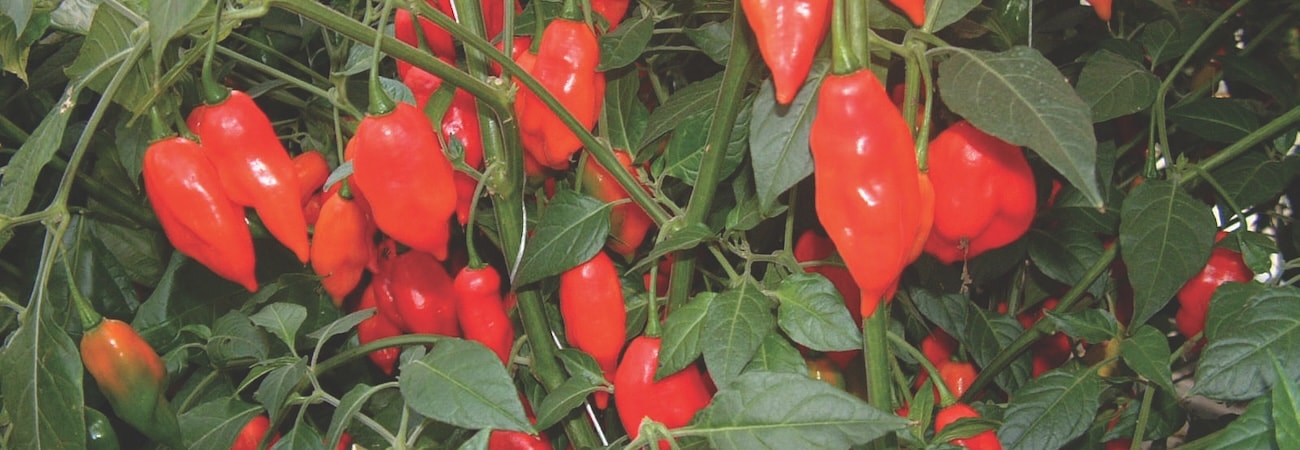
Ann’s Almanac – September
Traditionally September was when we used to start ‘putting our gardens to bed’, but don’t be too hasty. Now’s the time for dahlias to show off, flanked by asters, rudbeckias and heleniums. While many plants struggle in the heat of summer, September’s dews and mists often refresh and revive. There’s usually some gentle, warm sun and, in any case, the wildlife will enjoy a less than tidy garden. Just start to think about moving your tender plants under cover and buy in some fleece.
Hopefully you’ll be busy harvesting this month so that you have plenty of fruit and veg to keep you going over the less productive months. Saying that, there’s still plenty to start growing, whether it be autumn-planting veg plants or quick and easy salad and leafy green seeds – you’ll have hearty meals and side dishes galore in no time! While spring seems a long way off, it’s also time to start planting your spring bulbs to ensure gorgeous swathes of colour for next year. And if you haven’t ordered your winter bedding, there’s still time.
For man, autumn is a time of harvest, of gathering together. For nature, it is a time of sowing, of scattering abroad.
– Edwin Way Teale
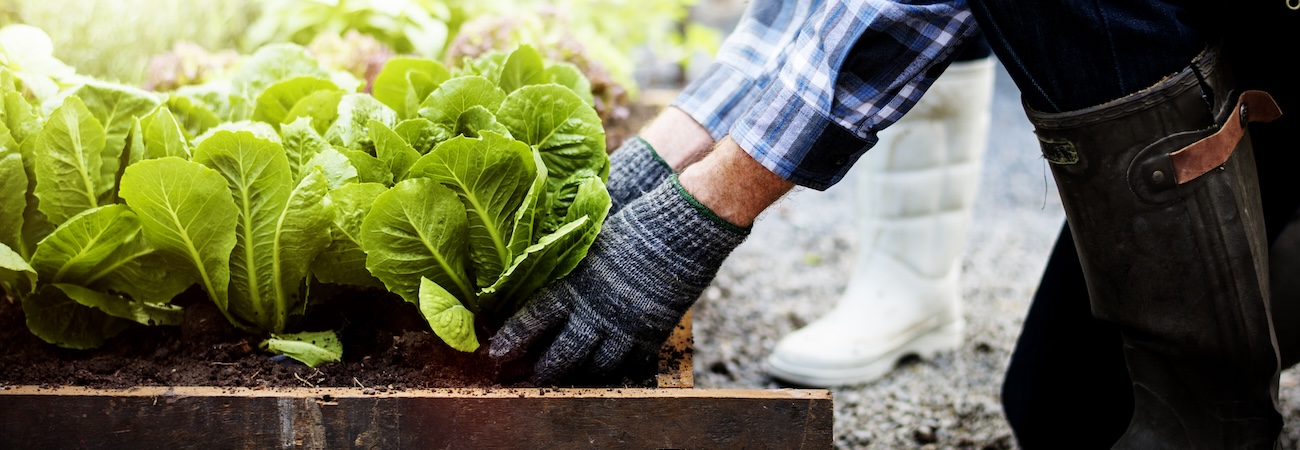
Jobs to tackle this month
My top tasks for September include:
- Early September is a good time for final outdoor sowings of leafy green veg such as spinach, rocket and winter lettuce. Succession sow Leaf Salad ‘Winter Mix’ in on a windowsill and you’ll still be picking leaves when the ground outside is frozen.
- Onions, shallots and garlic can all be planted from now until mid-November.
- Keep your vegetable patch productive throughout the winter by planting kale, cabbage and broccoli plants.
- Continue to harvest tomatoes, chillies, peppers, aubergines and beans. Especially beans – keep picking and they’ll keep producing!
- Lift your main crop potatoes taking care not to slice and damage the tubers. Don’t leave any behind as they may harbour disease for next year.
- When your asparagus fronds turn brown, cut them down and apply a mulch.
- On a warm dry day harvest herbs like mint, thyme and oregano and hang them indoors to dry for winter cooking.
- If you don’t plan to grow any winter veg (really?) then give your soil a boost by sowing some green manure. Green Manure ‘Winter Mix’ acts as a nitrogen fixer and lifter and will both loosen and aerate your soil.
- Now’s the time to start moving houseplants back indoors. They’ll have enjoyed being outdoors during the summer but, as the temperature starts to drop, they’ll want to be inside.
- Give your greenhouse a good clean, inside and out and remove any shading. Over the coming months your plants will need the maximum amount of light.
- Order and plant spring-flowering bulbs.
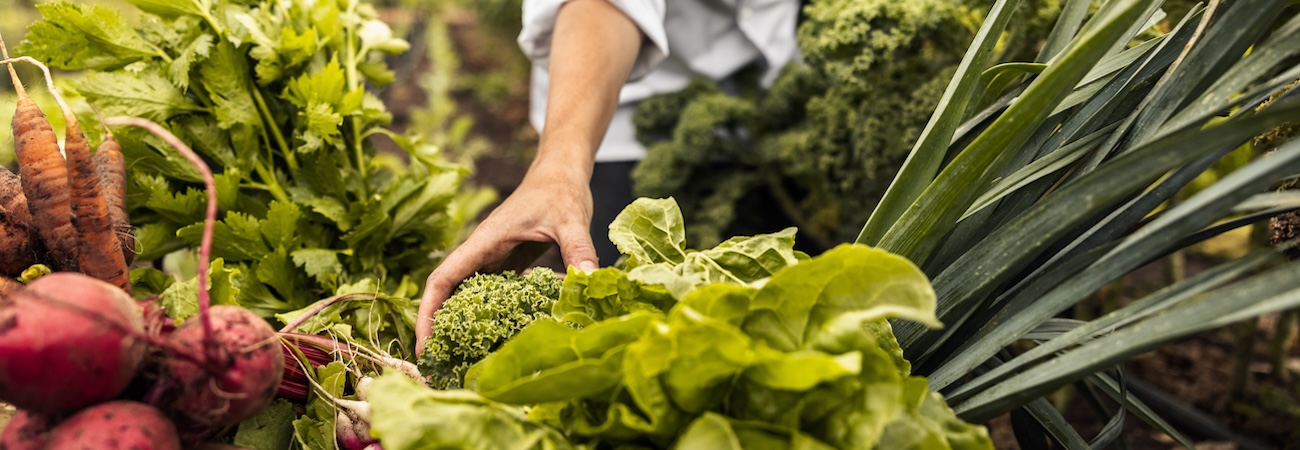
From plot to plate
Here are some of the delicious crops I harvest in September:
- Apples: Baked, stewed, puréed, dried… there are just so many ways to enjoy your apple harvest including, of course, eating them fresh from the tree! If you wish to store your fruit, then the old method of wrapping them individually in newspaper is still the best. Alternatively, dried apple rings make a great snack, cake or Christmas decoration! And if you don’t already have an apple tree, the fast-approaching bare root season is a great time to buy one!
- Chillies: Chillies can take a long time to ripen but, provided it has been a good summer, you should now be reaping a bumper crop. Small ones tend to be the hottest, but there are always exceptions. When tasting, always start at the tip as this is the mildest part. Chilli, garlic and ginger are the trinity of spices for any decent curry, but chilli gives oomph to a great many other dishes. Your homegrown fruits will keep fresh in the fridge for a couple of weeks or you may like to dry some. Just create a chilli chain with a needle and thread and hang it somewhere warm. After a few days, they can be stored in jars or ground into powder.
- French beans: Dwarf French beans are easy to grow and require very little space. Fed well, they can crop from June through to the end of September – an excellent return on the price of a packet of seeds! They just need a quick top and tail before being steamed or boiled, drizzled with a mix of butter and olive oil, seasoned and served. Or forget the buttery oil and mix with oven-roasted cherry tomatoes, crushed garlic and basil. French beans are also perfect as a salad. Boil or steam them lightly, refresh them in cold water and then, whilst still slightly warm, apply your salad dressing of choice.
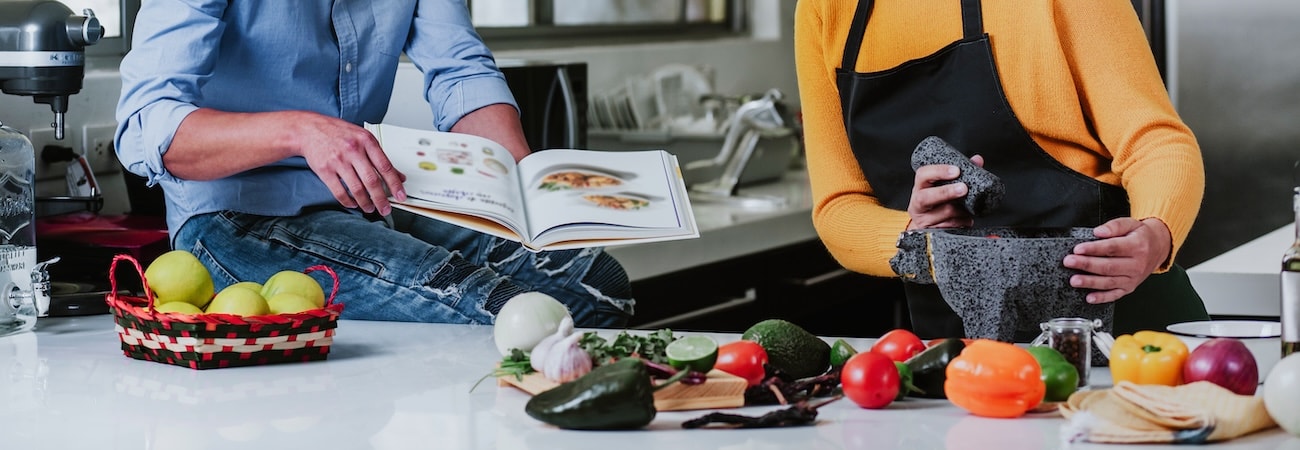
Recipe of the month
Ann’s Perfect Piccalilli Recipe
You will need:
- 30 g cornflower
- 10 g tumeric
- 10 g English mustard powder
- 15 g yellow mustard seeds
- 1 tsp crushed cumin seeds
- 1 tsp crushed coriander seeds
- 50 g honey
- 600 ml cider vinegar
- 150g granulated sugar
- 1 kg fresh veg
Method:
- Wash, peel and chop up 1kg of fresh vegetables like cauliflower, green beans, cucumbers, courgettes, tomatoes, carrots, shallots and peppers. The secret to a successful piccalilli is to take the time to cut your veg into small, similar sized pieces.
- Place in a large bowl, sprinkle with salt and leave in a cool place for 24 hours. After this you’ll need to rinse the veg with cold water and drain well.
- Mix the cornflower, turmeric, English mustard powder, yellow mustard seeds, cumin seeds and coriander seeds. Add a dash of cider vinegar to create a smooth paste.
- Put 600ml of cider vinegar along with the granulated sugar and honey into a pan and bring to a boil. Pour a little of this mix onto your paste, stir well and add the paste to the full pan of your vinegar, sugar and honey mix.
- Boil for 3-4 minutes to release the spices and thicken the sauce.
- Remove the pan from the heat and pour the mix over your bowl of vegetables, stir, then immediately pack the pickle into sterilised jars.
- Leave for 4-6 weeks for the flavours to develop, but use within a year.
- This recipe makes 3 x 340g jars.
Fancy growing something new?
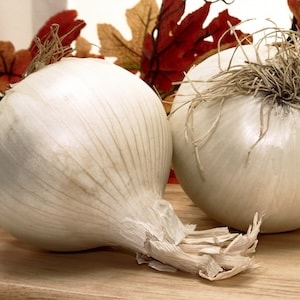
We all have our favourites – tried and trusted varieties of fruit and veg that we grow each and every year. But it’s also fun to try something new. Here’s my suggestion:
Onion ‘Snowball’ is a new autumn-planting variety that produces bright, white bulbs that store beautifully. Its sweet, mild flavour makes it an excellent choice for baking whole with your Sunday roast, or caramelising as a topping for homemade burgers. Plant the sets 10cm apart and leave 30cm between each row.
You may also be interested in
- Flower seeds to sow in September
- Vegetable seeds to sow in September
- Ann’s allotment and gardening guide – August
- Ann’s allotment and gardening guide – October
Lead image: Pepper Chilli Seeds – Paper Lantern from Dobies
